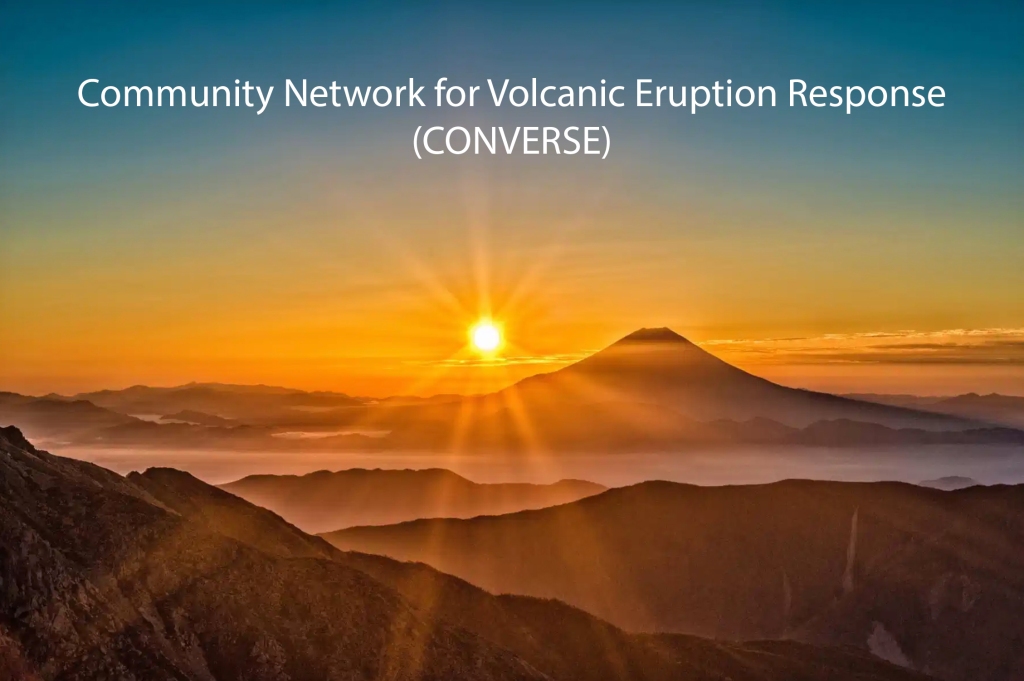
This Website is no longer active. The CONVERSE Site has moved to: https://conversecenter.org/
Community Network for Volcanic Eruption Response (CONVERSE)
Research Coordination Network for Volcano Response

This Website is no longer active. The CONVERSE Site has moved to: https://conversecenter.org/